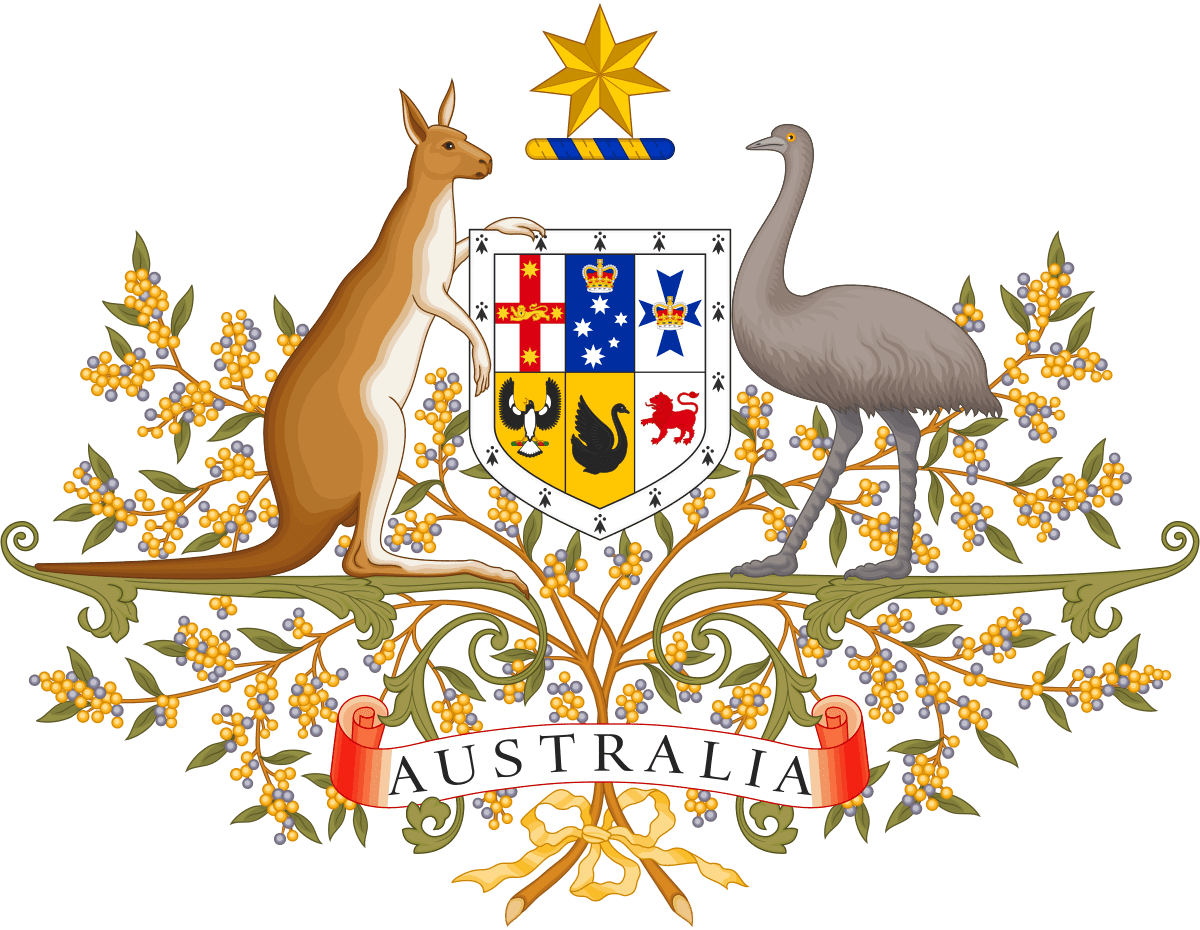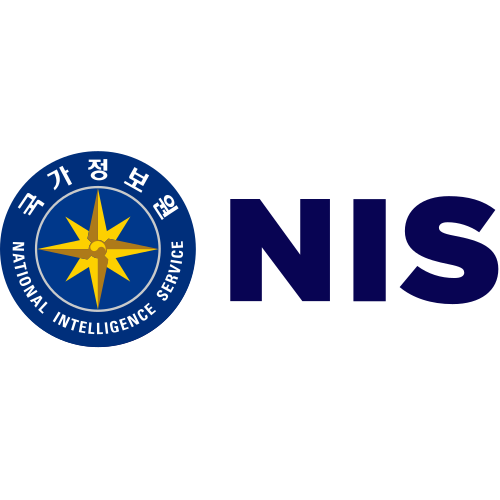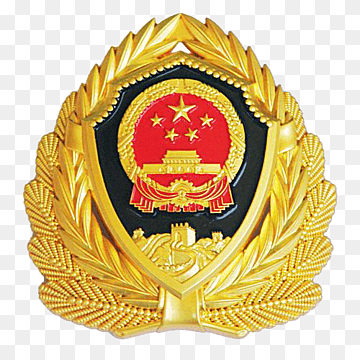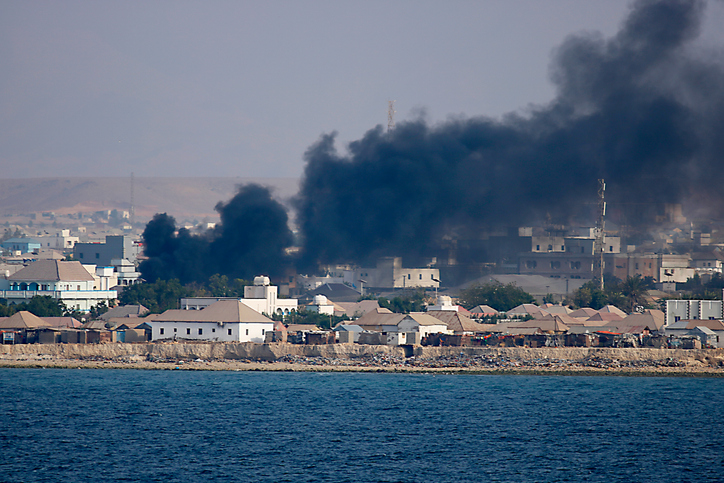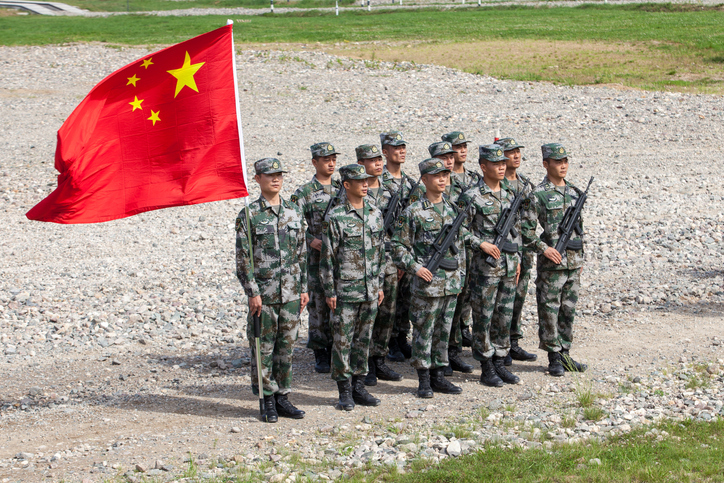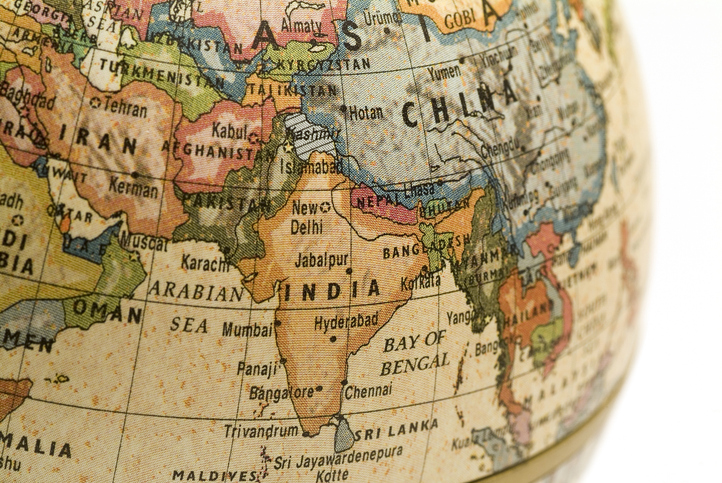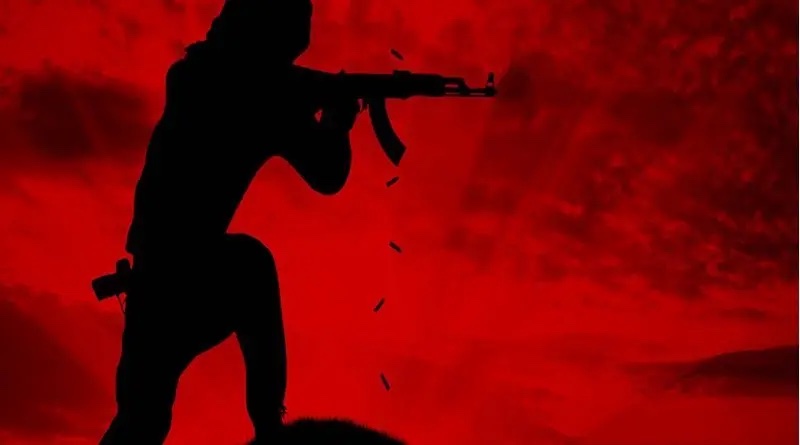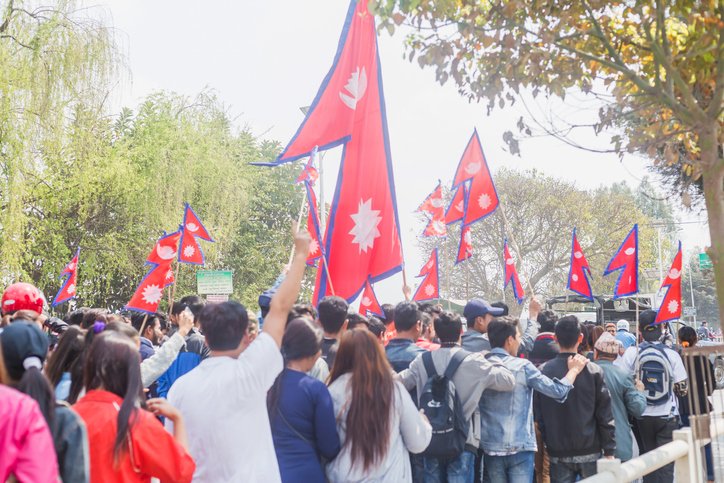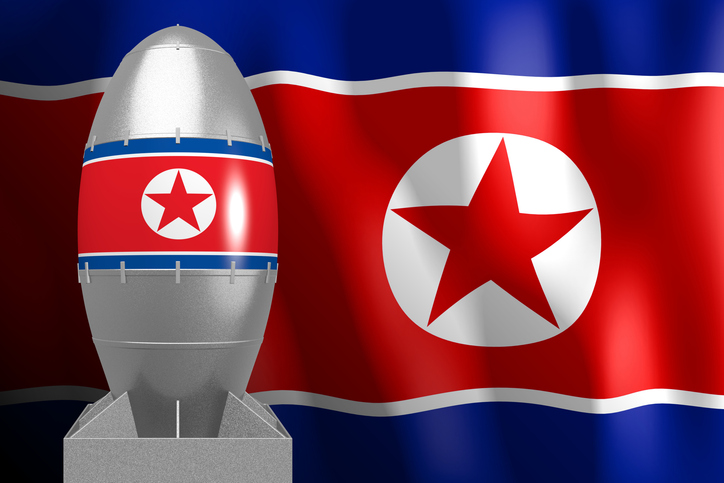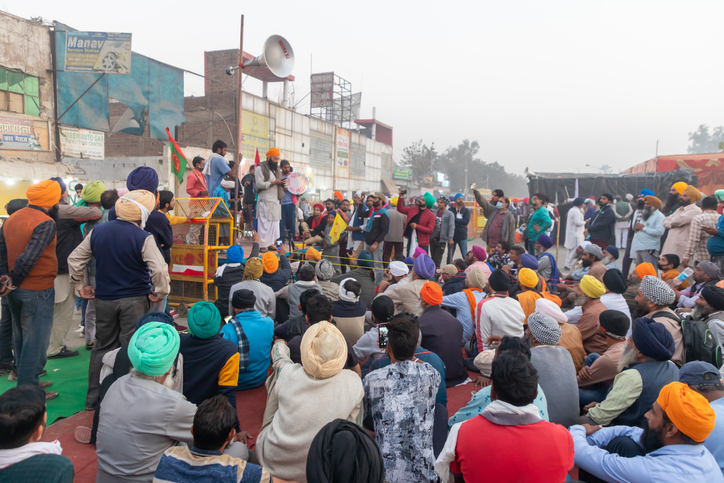
Posted On : Nov 29 2020
Jaish-e-Mohammed (JeM)
Jaish-e-Mohammed (JeM), a militant organization based in South Asia, has garnered global attention for its activities and its role in regional security dynamics.
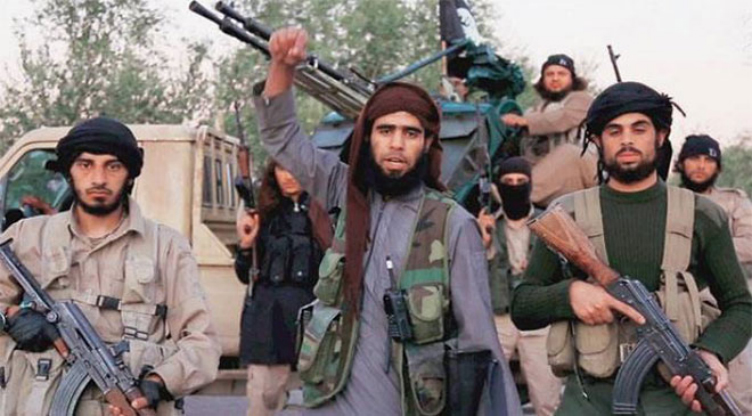
Established in the late 20th century, JeM has had a significant impact on the geopolitical landscape of the Indian subcontinent. This article delves into the origins, ideology, actions, and implications of the Jaish-e-Mohammed group.
Origins and Founding Ideology:
JeM was founded in 2000 by Masood Azhar, a former member of Harkat-ul-Mujahideen (HuM), another extremist outfit. Azhar's aim was to create an organization that would further the cause of Islamic jihad in the region. The group's primary objective was to seek the liberation of Kashmir from Indian control and the establishment of an Islamic state in the area.
Activities and Operations:
JeM's operational tactics and ideological stance have made it a prominent player in regional conflicts. The group has been linked to numerous attacks, including the 2001 Indian Parliament attack and the 2019 Pulwama attack, both of which escalated tensions between India and Pakistan. These attacks, characterized by their audacity and lethality, have led to international condemnation and heightened security concerns.
International Designation and Impact:
The international community has recognized JeM as a terrorist organization, with several countries and organizations, including the United Nations, designating it as such. This has resulted in sanctions and restrictions on the group's activities and its members. India's efforts to garner international support in isolating JeM have underscored the transnational nature of the threat posed by the organization.
Use of Propaganda:
Like many extremist groups, JeM has employed propaganda to further its objectives and attract recruits. The group has released videos, statements, and publications that promote its ideology and justify its actions. This propaganda aims to galvanize sympathizers and recruits, as well as to garner financial support.
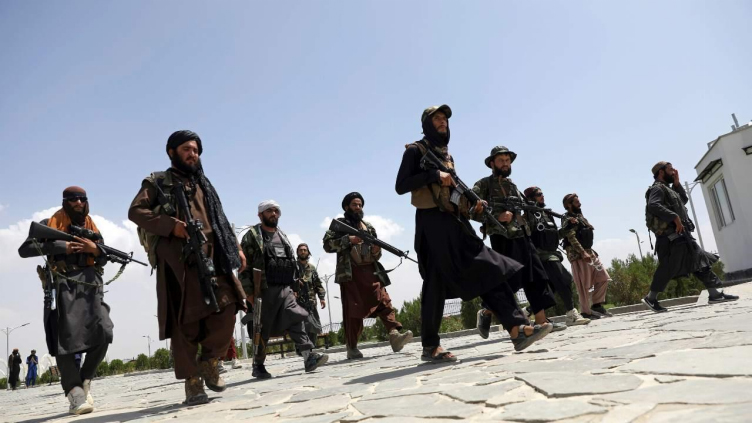
JeM's actions have far-reaching implications for regional security and stability. Its attacks have led to spikes in tensions between India and Pakistan, two nuclear-armed neighbours. The heightened hostilities have raised concerns about the potential for further escalation and the impact on broader regional stability.
Counterterrorism Efforts:
Both India and Pakistan have taken measures to counter JeM's activities. However, differing interpretations of the group's activities and the broader political context have sometimes hindered effective cooperation. The struggle against JeM is not only a military and security challenge but also a diplomatic and strategic one.
Conclusion:
The evolution and activities of Jaish-e-Mohammed underscore the complex nature of extremist groups and their impact on regional and international security. Its origins rooted in ideology, its operational tactics marked by audacious attacks, and its propaganda-driven recruitment efforts all contribute to its status as a significant player in South Asia's security dynamics. The organization's interactions with India and Pakistan, its international designations, and its role in escalating tensions emphasize the urgent need for collaborative efforts to counter the threat posed by JeM and similar groups. Achieving lasting peace and stability in the region will require not only effective counterterrorism measures but also a comprehensive understanding of the socio-political factors that contribute to the rise and sustenance of such organizations.
No Comments Added





